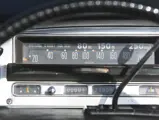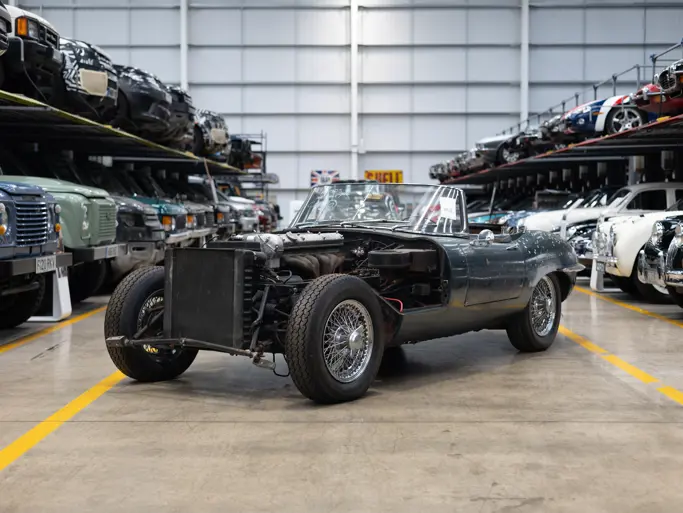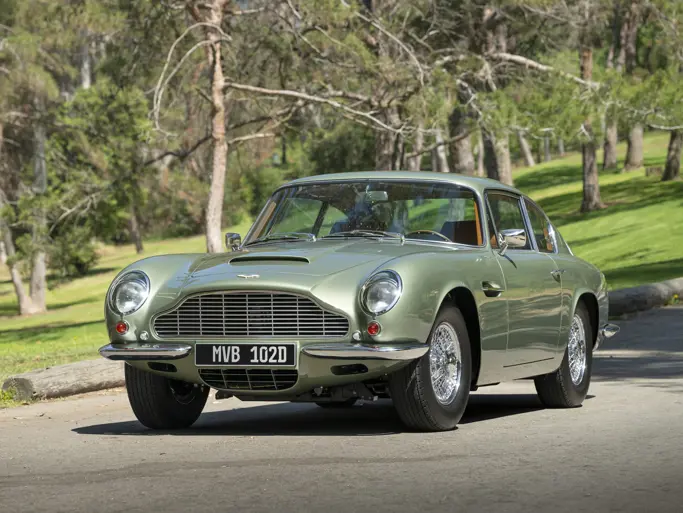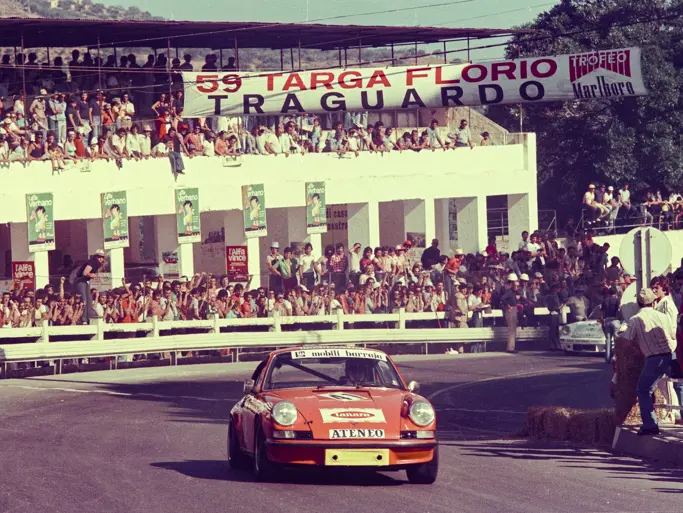139 hp, 2,175 cc OHV four-cylinder engine with Weber two-barrel carburetor, three-speed automatic transmission, front and rear independent, adjustable, and self-leveling suspension by hydraulic pump and nitrogen spheres, and hydraulic front disc and rear drum brakes. Wheelbase: 123 in.
• One of only 136 DS21 cabriolets built in 1965
• Repainted in original Vert Foret, with black leather interior
• Spent first 24 years in the South of France; fully documented ownership
Used by everyone from the humble cabbie to the president himself, the Citroёn DS is an icon, and the Decapotable ranks among its most sought-after variants. Designer Flaminio Bertoni planned a convertible when the DS19 was launched in 1955, but teething troubles put the brakes on the idea. Many of the 80,000 buyers who placed orders at the show were still waiting two years later.
The DS19 relied on a complex, integrated hydraulic system to control the suspension, steering, gearshift, and brakes. Critical tolerances were at the limits of available tooling, and mechanics were baffled, especially when workshop manuals were delayed. However, the DS’ rigid box chassis and unstressed skin meant a convertible was an attractive possibility, and coachbuilder Chapron stepped forward. His “La Croisette” cabriolet, named for the promenade in Cannes, appeared in 1958. Citroёn refused to sell Chapron separate chassis, so he was reduced to buying complete cars and dismantling them. Even after the firm relented and had Chapron build “Usine,” or factory cabriolets, in 1961, he continued making his own customs.
In all, there were 1,365 factory cabriolets built: 770 DS19s, 483 DS21s, and 112 ID19s. Never common, the popularity of the cabriolet has never waned. Citroёn was still receiving orders long after official production ceased in 1971, with the last car completed in 1978. The cabriolets were outfitted in the height of luxury. There were 15 paint choices, 13 shades of leather upholstery, and three carpet colors, allowing more than 76 possible combinations. Engines ranged from 66 horsepower at first, to 141 horsepower. Despite apparent similarities with the sedans, there are critical differences between real DS convertibles and the homemade variety.
True cabriolets like this one have doors four inches longer than the sedans and use double latches. Two strips of brightwork run along the side of the car, one at the crease of the door and one at the rocker panel. The tail is one long, sweeping piece, and the trunk lid is fiberglass. Cabriolets also have two jacking points along the side, as the rear fender does not remove like on the sedan, so the car must be lifted higher to change the wheel.
The car on offer is from the second year of DS21 cabriolet production, the most popular year for this model. It has had an ideal, well-documented life. It was sold new in the South of France to Ralf Emmerling, whose exotic address was “sur le bateu Suakin” in Port d’Antibes. The car remained there until 1990, when it was sold to Paolo Carlini in Sorengo, Switzerland. He kept it until 2008, when it was sold to a collector in Holland.
This lovely cabriolet indicates 23,909 kilometers. It has received one repaint in its correct Vert Foret green, and the black leather interior is mostly original. The Hartz cloth top and carpets are new, and it has a Continental Edison radio. Best of all, the hydraulic systems have been converted to the superior LHM “green fluid.” Citroёn cabriolets are extremely desirable, and this is a sound example with a romantic history.





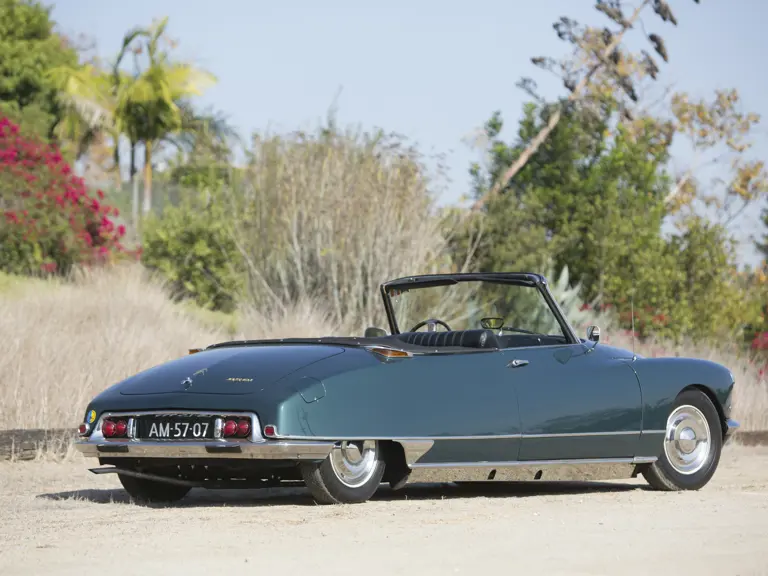
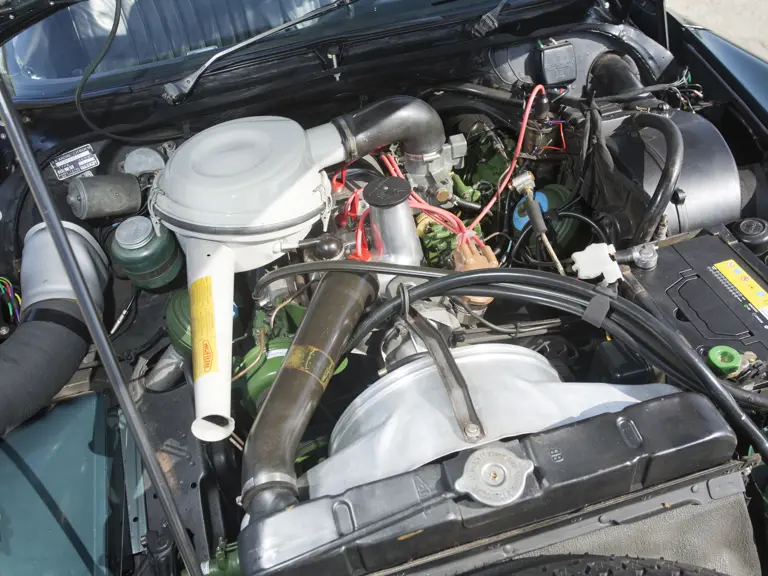


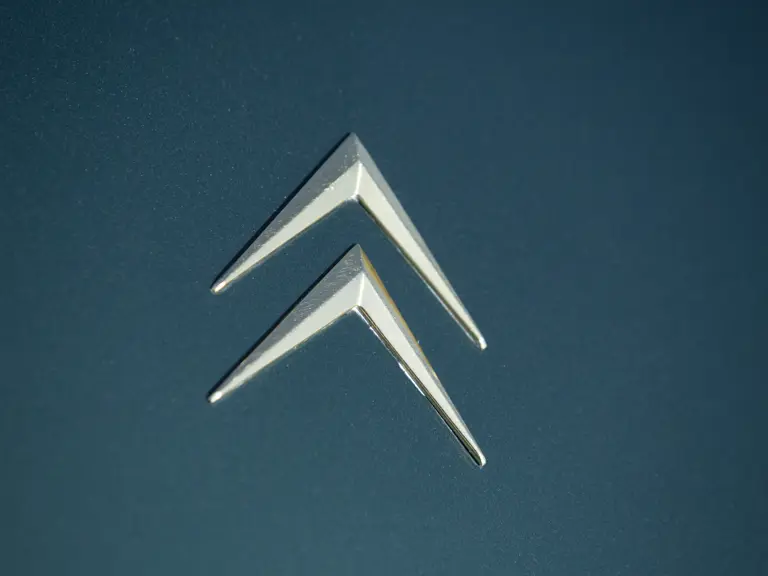
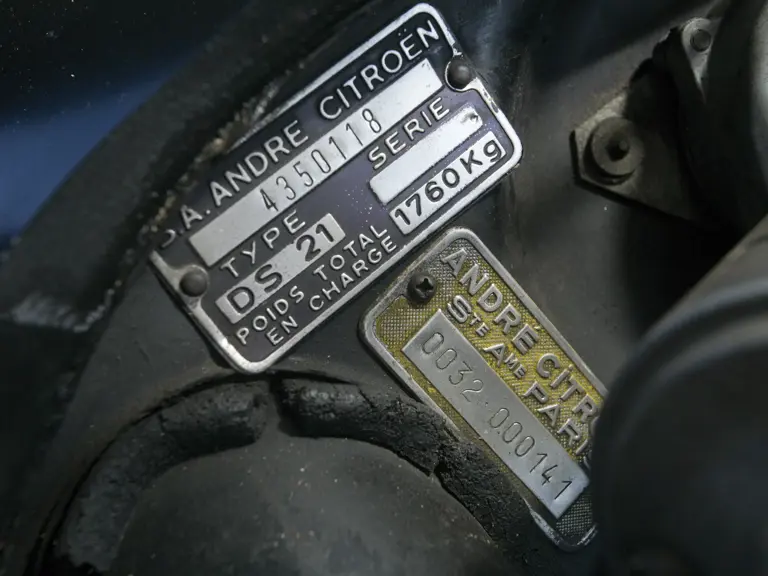









 | Phoenix, Arizona
| Phoenix, Arizona











